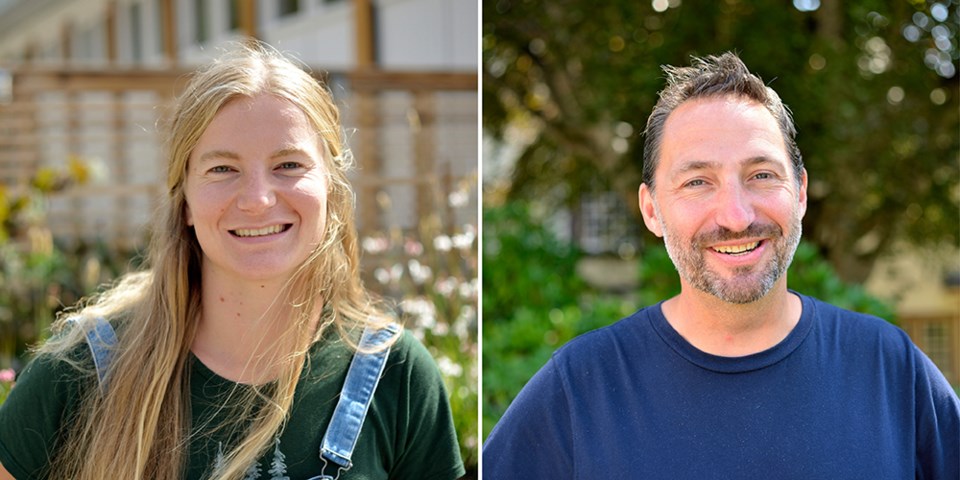Everyone gets stuck sometimes. Thoughts, triggers and stressors can become overwhelming when swimming around in your head. Having a tool that helps organize and categorize these thoughts can be beneficial for creating a plan to move forward.
One method we have found very helpful and effective for supporting youth and families to manage little and big life stressors is creating a Collaborative Helping Map. In simple terms, it is a map that focuses on the direction you would like your life to take, or your vision for your life, by looking at what is getting in the way.
Challenges, obstacles, strengths and supports that help you move towards your vision are listed. This information is used to form a plan. The plan outlines what needs to happen next, who will do what, when and with whom.
The plan draws on strengths and supports so the person can start living out the vision they have for themselves and/or their family.
The beauty of the Collaborative Helping Map is that it's a tool anyone can use at anytime with the help of a counsellor or by themselves. The map has worked for so many because it is open-ended and solutions focused.
The entire map is a fluid tool and open to changes at any time. Sometimes it may take a few tries to find what works and that's okay. There is no right or wrong way to do it.
Instead of focusing solely on problems and their causes, you can focus on the strengths and supports you have to move you in the direction you would like your life to take. Identifying what gets in the way is necessary, of course, but a focus on possibilities can help lift people out of the immediacy and chaos of their problems and provide a better foundation for responding to stressful challenges.
Problems are not ignored; they are looked at from a different angle. This makes for much more effective and less stressful work toward change.
Another amazing thing about this map is how it helps people to externalize problems in their life. The map helps us to think about problems in a way that views people as being in a relationship with a problem rather than having or being a problem.
So much stress is relieved when we stop looking at problems as part of our identity and instead as something we are in relationship with, and that the relationship is changeable.
There is always life outside of problems and no problem has total control over a person’s life. Yes, there is history and context behind every problem, and yes, these issues can span generations having been passed down. However, the possibility for change is always there.
For more information on how to use this map to help support yourself and others, read Collaborative Helping Map: A Strengths Framework for Home-Based Services by William C. Madsen and Kevin Gillespie. Reach out to Youth & Family for a presentation on the Collaborative Helping Map, or come participate in the Family Support program for parents, or the Strength in Self program for youth ages 13 to 19.
We spend a couple months completing one of these maps together to help reduce stress around life's challenges and make a concrete plan that you create to address those challenges to live out the life you want.
Trevor Edwards is the programs manager at Youth & Family. Delyth Harper is the project manager for Foundry qathet.
Join the Peak's email list for the top headlines right in your inbox Monday to Friday.





